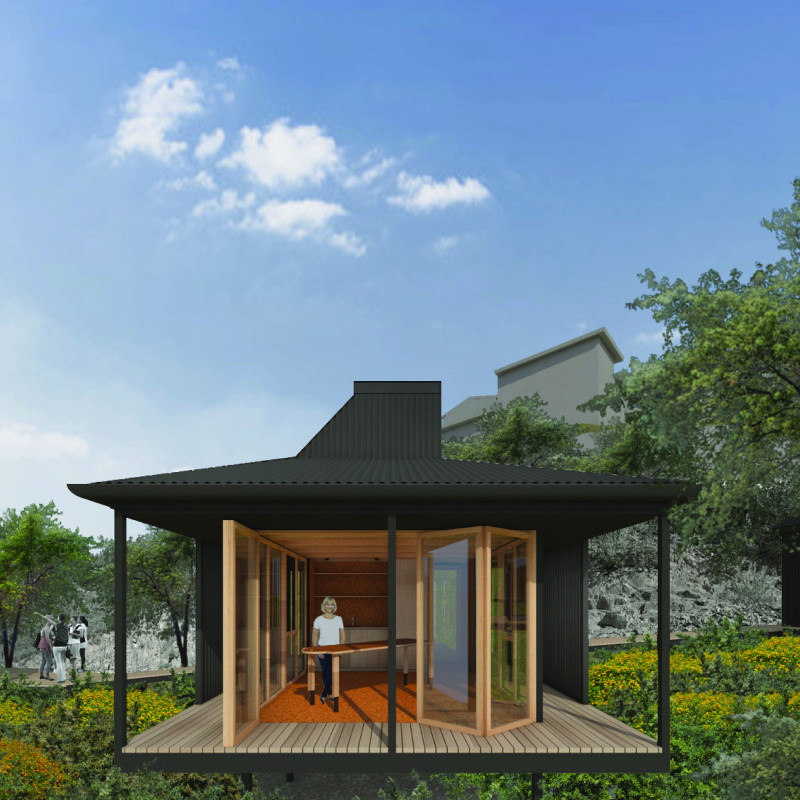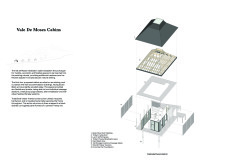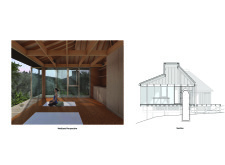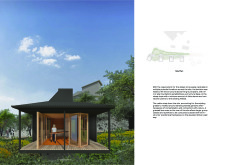5 key facts about this project
At the heart of the design is a strong emphasis on sustainability, which is evident through the careful selection of materials and building methods. The architectural palette includes locally sourced brick, high-performance glazing, and sustainable timber, ensuring the project aligns with environmentally responsible practices. The use of these materials not only enhances the visual appeal of the structure but also contributes to its durability and energy efficiency. The thoughtful combination of textures and colors brings a grounded sense of warmth to the facade, inviting users to engage with the space on multiple levels.
Important elements of the project include open communal areas that serve as social hubs, promoting a sense of community among residents and visitors alike. The layout is characterized by well-planned circulation paths that prioritize accessibility and ease of movement, seamlessly connecting the commercial units with residential spaces. Balconies and terraces extend outward, providing private outdoor spaces that enhance the overall living experience while also adding layers to the building's exterior.
Unique to this design are the thoughtfully positioned large windows that allow natural light to flood interior spaces, creating bright and welcoming environments. This design decision not only contributes to the aesthetic quality of the project but also enhances the well-being of its occupants by promoting mental and physical health through ample daylight. Moreover, the strategic placement of green roof systems and vertical gardens illustrates a commitment to biodiversity and the mitigation of urban heat, blending nature with urban living.
The project's architectural layout is organized around a central courtyard that serves as a communal green space, promoting outdoor activities and social interactions. This attention to inducing outdoor connectivity is an essential feature of modern urban architecture, cultivating a blend of natural and built environments. The design successfully addresses the challenges posed by urban density, ensuring that inhabitants can enjoy pockets of nature within the urban fabric.
Additionally, the project’s façade features dynamic patterns that echo the local architectural language while simultaneously introducing a contemporary twist. This approach respects the historical context of the site while pushing the boundaries of traditional design. The intricacies of the façade reflect the project's innovative spirit, proposing an architectural language that resonates with both current trends and the timeless nature of good design.
In considering the strategic deployment of resources and thoughtful design solutions, the project stands as a significant example in contemporary architecture. The integration of social spaces, sustainable materials, and a strong sense of community distinguishes this design from traditional approaches, making it relevant in today's architectural discourse.
As you explore the project presentation, you are encouraged to review the architectural plans, architectural sections, and architectural designs to gain deeper insights into the underlying ideas and design methodologies. Discover how this project illustrates a harmonious relationship between built and natural environments, highlighting the essential role of architecture in shaping vibrant urban futures.


























